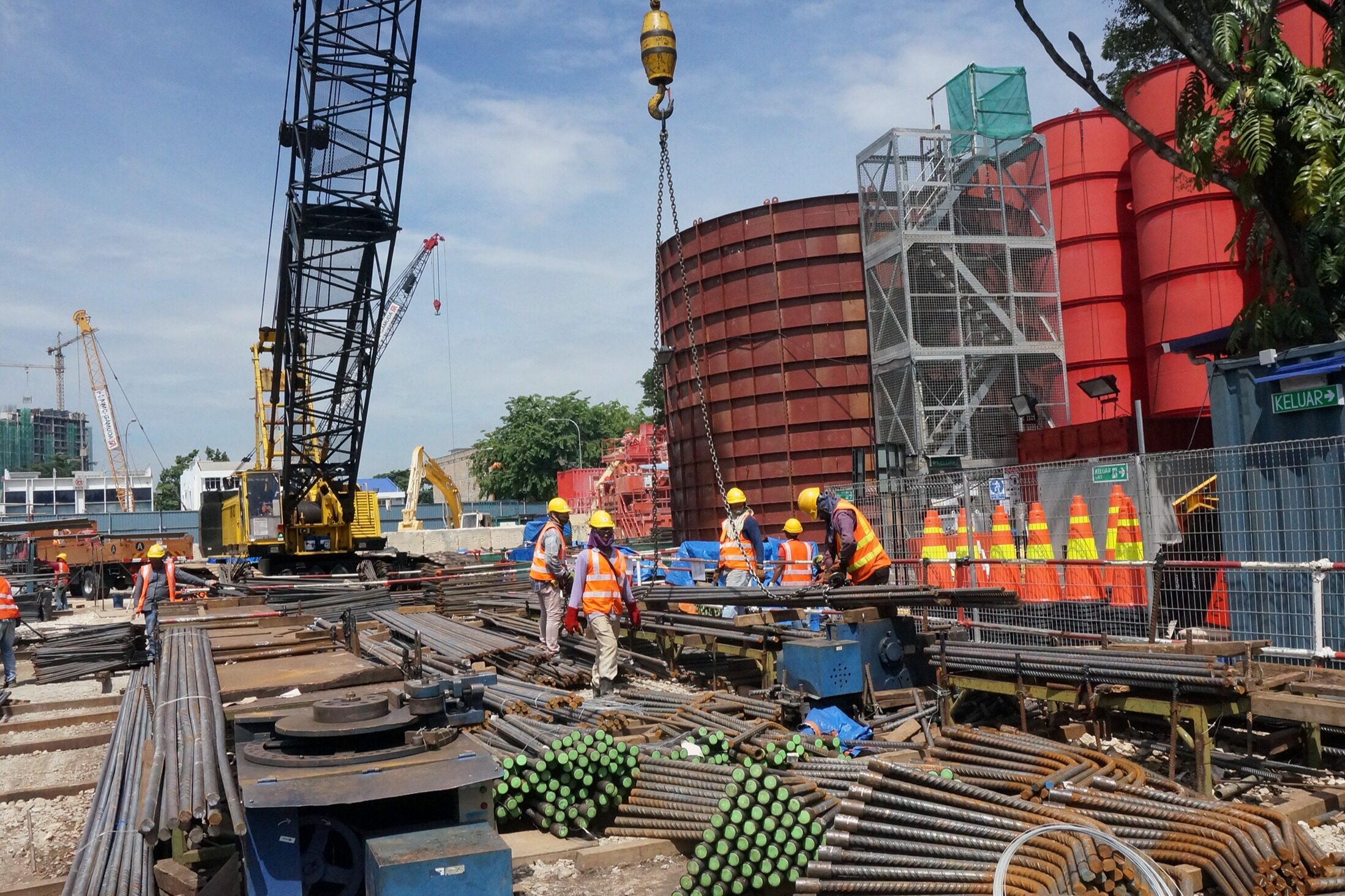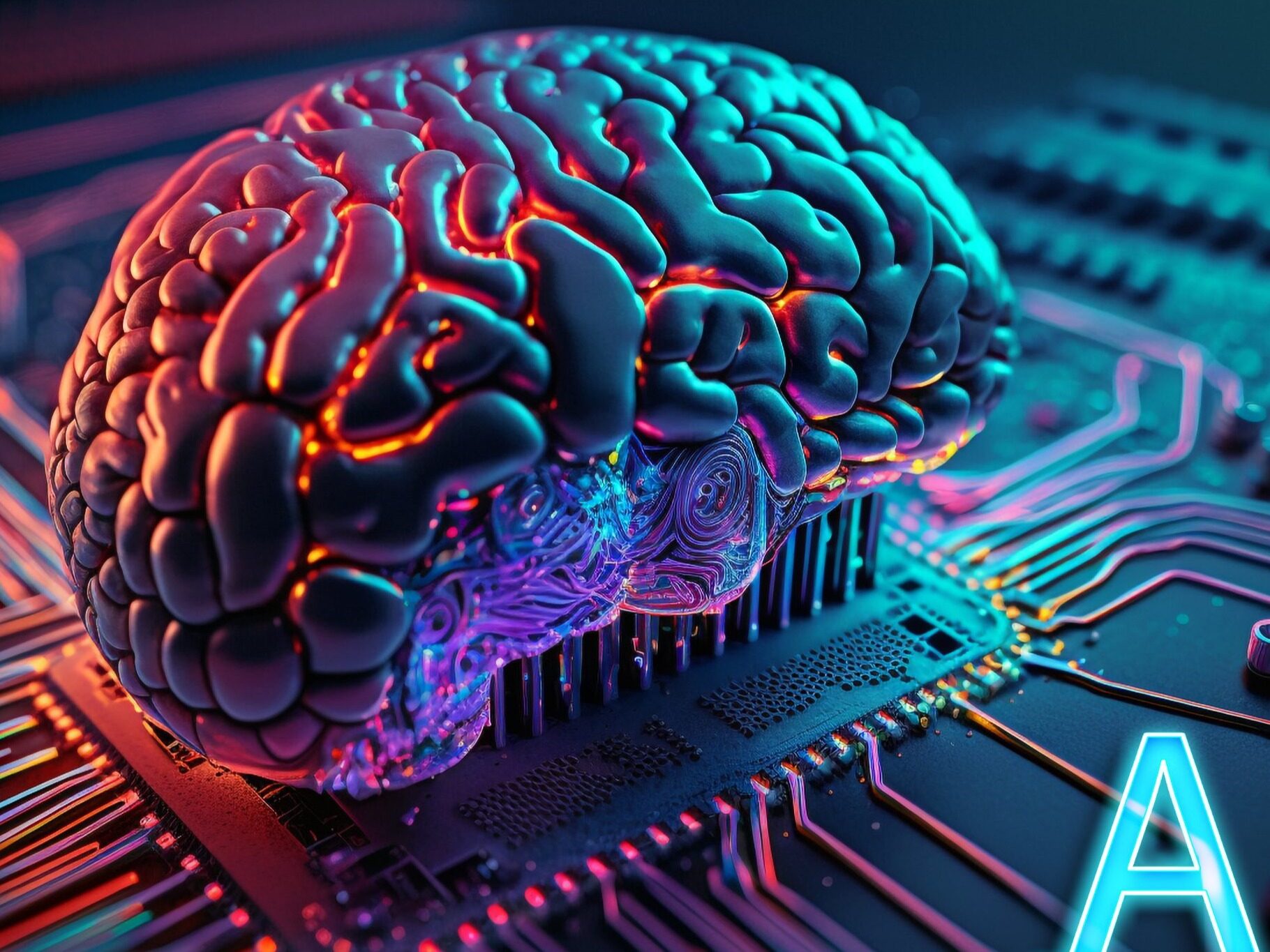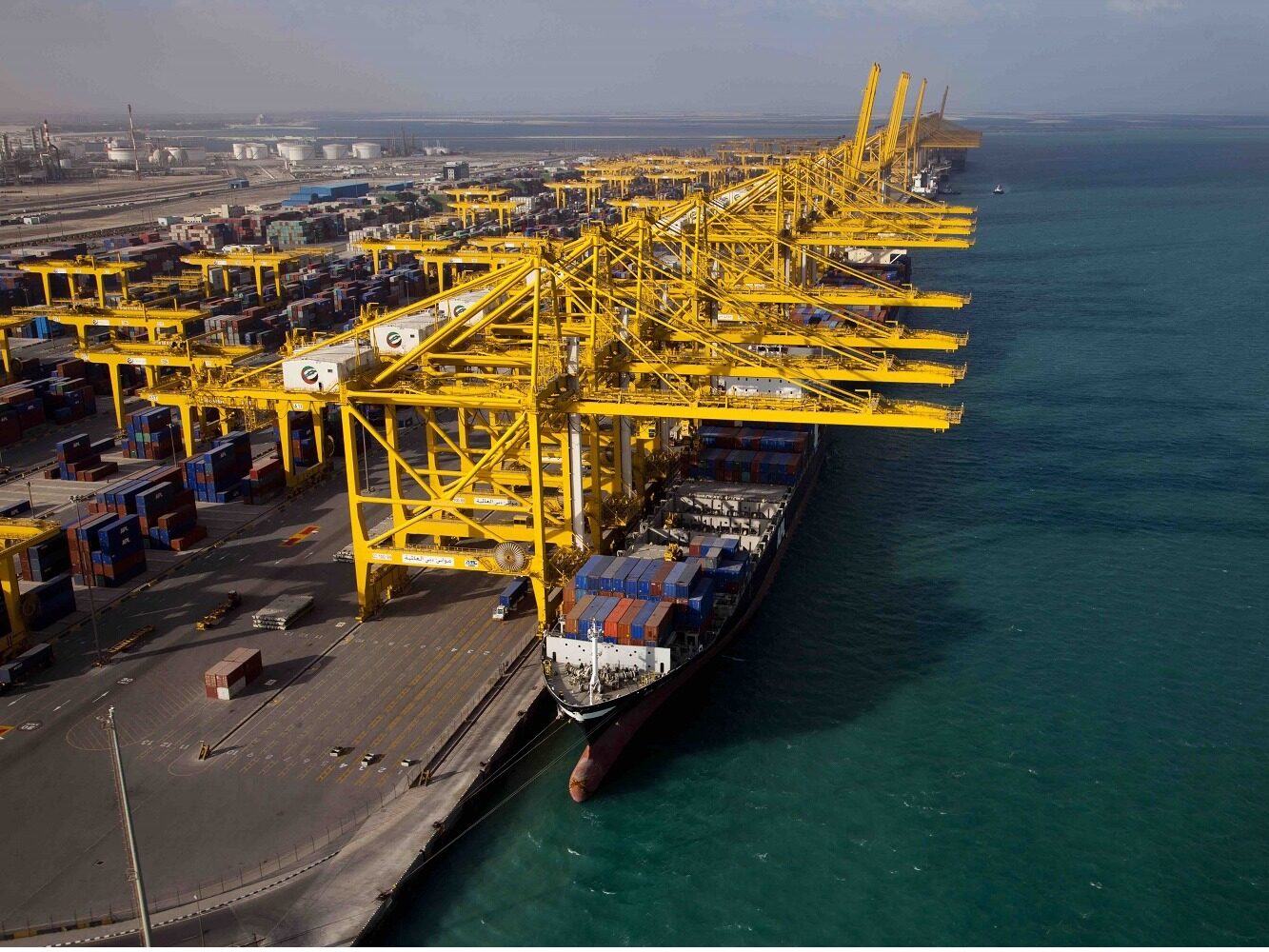- Now that debt-driven development has become a thing of the past, investment opportunities still come from the industry

In the past few years, local governments have rushed along the road of borrowing and investing, but now they have to step on the brakes in the face of increasingly heavy debt burdens and are forced to change their long-standing development model.
After the domestic economic development and industrial structure have undergone tremendous changes, the development model of local governments is also facing transformation and upgrading. Therefore, the basic logic of local government investment must be reconstructed:
From "Land Finance" to "Land Balance"
In those years when the urbanization rate was growing rapidly and the domestic real estate industry was booming, "land finance" was the best way to support local fiscal growth and recover infrastructure investment. At the same time, the logic of "land finance" is also easy to understand, simple and rude. For a time, local governments have gone up and down. It has quickly promoted the establishment of new cities and major upgrades in infrastructure, but it has also led to a rapid increase in real estate prices and a sharp increase in the debt ratio of local governments. .
In recent years, the combination of real estate has not only restricted the trend of further financialization of the real estate industry, but also used to guide and control the rise in housing prices as an important assessment indicator for local governments. However, when the local debt ratio is high, how to balance the relationship between housing prices and infrastructure investment and debt repayment?
This issue has become more clear after the implementation of the policy of restricting the growth of local government and urban investment debt. In the future, local government investment will no longer directly target land income, nor will it directly operate and develop land, but will combine land income with previous development. The investment is packaged, market-oriented as a whole, and operated under the goal of self-balancing income. It not only solves the problem of large government debt burden, but also avoids the "rising" under the land market auction system.
Moreover, after land is used as a profit point for the allocation of public welfare projects, it can also enable the city to carry out horizontal compensation for income, and use the development income to further promote the construction of rental housing and affordable housing, increase market supply, and ease the gap between market supply and demand. The imbalance. This is also necessary for the goal of macro governance, to gradually transform land from a carrier of widening the gap in social wealth to a tool to bridge the gap in class.
From "Debt Driven" to "Industry Driven"
Today, the average level of local debt is at a historical high, and the debt repayment pressure of local governments is quite prominent. However, if we go back to the past development process and think about it, we will find that the major developments of the local government over the past ten years have been accomplished by borrowing money. And before 2016, debt investment is still a cost-effective business; as long as the speed of local development is still higher than the cost of debt, debt is the "wing" to help local development, helping local governments beat competitors and seize the times. Development opportunities.
However, with the downturn of the domestic economic cycle, economic development has entered a "new normal", and local governments have encountered great problems in the development of debt; the speed of local economic development and the cost of debt have produced an "upside down", making local governments The government has to pay increasingly high financial costs to maintain a huge debt scale, and the efficiency of infrastructure investment during the economic downturn has also further declined, which has made the financial situation of local governments and urban investment "worse worse."
Therefore, today's local government investment must change the basic thinking. Now that "debt-driven development" has become a thing of the past, future local development and investment opportunities still come from the industry. At the moment when the domestic economic cycle system is greatly changed and the industrial structure is upgraded, seizing the opportunity of industrial transformation and upgrading is the cornerstone of ensuring the development of the local area in the next few years.
For supporting local industries, it is not just as simple as investing in the construction of industrial infrastructure, but also requiring in-depth research within the industry, perfecting all links in the industrial chain, truly helping the industry, incubating enterprises, and realizing the industry The goal of driving local development.
From "monopoly operation" to "market operation"
Since the reform and opening up, the market economy has become the basis for the rapid development of the domestic economy, but local governments and local state-owned assets still retain many traditional ideas; for example, in the field of infrastructure and public services, local governments still prefer local state-owned enterprises to conduct " Monopoly".
Although, when local governments and urban investment companies raised large amounts of debt to invest, the expansion of debt has enabled greater development in these areas at the local level, and the company itself can survive. However, with the advent of the deleveraging cycle, the low-efficiency operation of local state-owned monopoly operations is obvious. Many assets on the urban investment account have become "negative assets". After the loss of financial subsidies and government blood transfusions, these assets will not only fail to produce To be profitable, a large amount of capital is also needed to maintain normal operations.
Therefore, in the future, local governments must change their thinking, expand the scope of market-oriented operations in a new round, and open up the infrastructure and public service markets that were monopolized by the government and local enterprises in the past. It not only uses the power of the market to improve the supply of public services and the quality of services, and enhances operating efficiency; it also avoids local debts due to new investment, but also cultivates local industries and business entities, and promotes a new round of market economy development.
From "asset pursuit" to "investment population"
Although the implementation of the "three-child" policy this year was unexpected, it was also expected. As far as the current population structure is concerned, balanced population growth in the future is the "top priority" for domestic economic development; it will also further link macro and fiscal policies with regional population and population growth. At the same time, the gradual increase in the proportion of consumption in the economy has also made the positive correlation between local economy and population more and more prominent; it can be said that investing in population is the top priority of local governments in the future.
Therefore, the future local government should change the traditional thinking that fixed assets are assets, and "operate" the regional population as an important asset; just like the "people-oriented" new urbanization concept, improve the income of the regional population and increase regional public services Only investment can promote the high-quality development of population assets and form a positive cycle of local economy.
Times have changed, and the investment logic of local governments should also change. Editor/Xu Shengpeng
Comment
 Praise
Praise
 Collect
Collect
 Comment
Comment
 Search
Search














Write something~